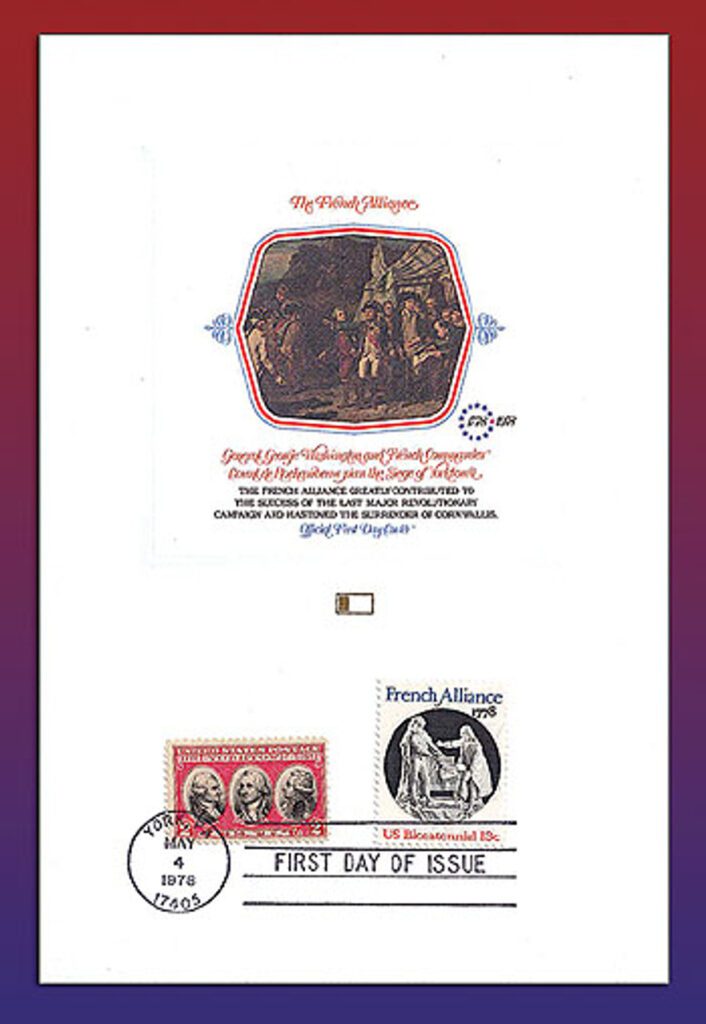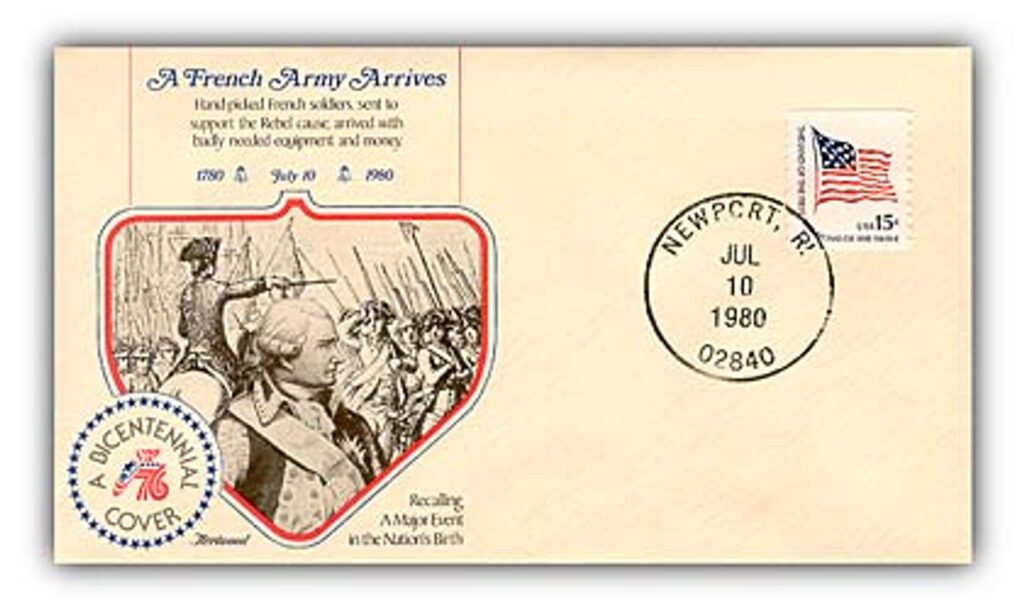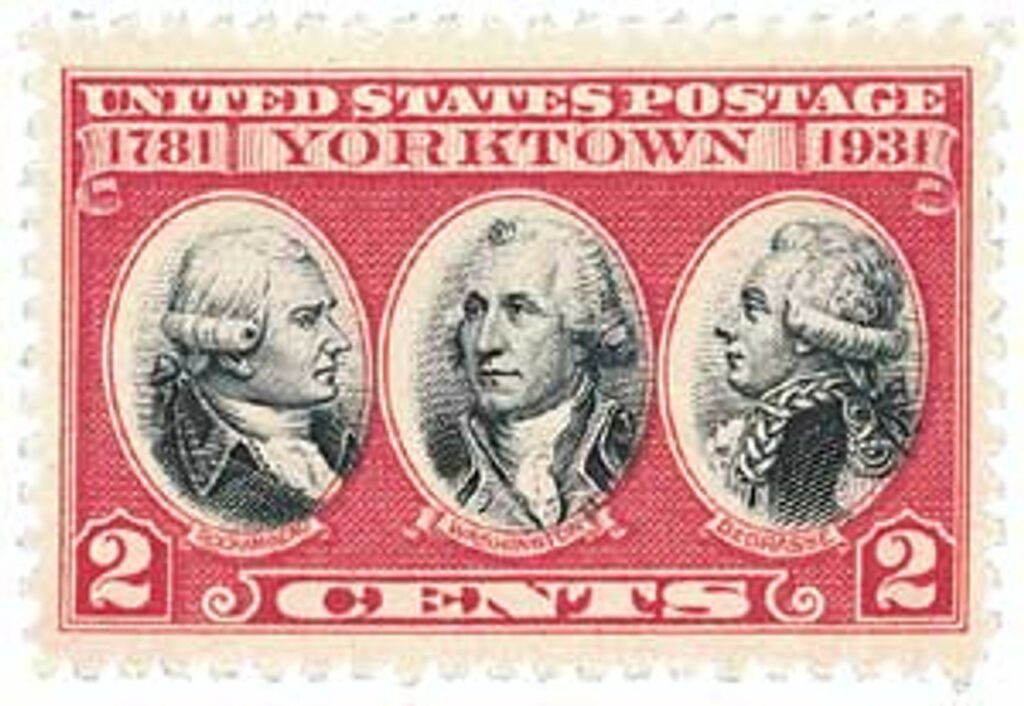On February 6, 1778, Delegates of King Louis XVI of France and the Second Continental Congress signed a Treaty of Alliance, promising military support to each other. French aid and manpower contributed to America’s ultimate victory in the revolution.
Shortly after the American colonies declared their independence from Great Britain in 1776, it became clear that they might need help from another nation. And that nation would most likely be France.
France and England had long been colonial rivals and enemies, especially after the bitter Seven Years’ War. The French even considered an alliance with Spain and combined invasion of Britain, but ultimately abandoned the idea.
Back in America, John Adams began developing a commercial treaty between America and France. The treaty focused on reciprocal trade and didn’t mention the French providing military assistance. A group of commissioners, led by Benjamin Franklin, was selected to present the treaty to France. While they were instructed to not seek direct military aid, they were ordered to attempt to get most favored nation trading status with France with some military help. In the event there were Spanish delegates present, they were to inform them that America had no interest in taking their land, in the hopes of forming an alliance with them as well.
Initially, the French Foreign Minister was interested in such an alliance, particularly after the Declaration of Independence and the British evacuation of Boston. Then British victories in New York and New Jersey led him to refuse to sign a treaty. However, Continental Congress had created the Committee of Secret Correspondence, which helped to spread support for the American cause in France. Additionally, Benjamin Franklin had come to be revered as a model citizen in France. So the minister gave him a secret loan and limited covert military aid. While he was willing to sign the treaty, the minister had to wait for the French government to negotiate a potential alliance with Spain.
Finally, in the fall of 1777, the Americans earned a major victory over the British at the Battle of Saratoga. At the same time, there were rumors that the British had begun making secret offers of peace to Franklin. The Spanish saw this as an opportunity and entered into negotiations to form an alliance with America. With this, the French government also agreed to enter into negotiations, leading the Americans to turn down the British proposal for reconciliation.
So the French and Americans met in early 1778 and developed The Treaty of Alliance with France as well as the Treaty of Amity and Commerce. Both parties at the Hôtel de Crillon in Paris signed the treaties on February 6, 1778. Together, these treaties guaranteed support for the French if the British retaliated against them, established the conditions of military assistance and set requirements for a future peace treaty to end the fight with Britain. There was also a secret clause that offered Spain or other nations the opportunity to join the alliance if they were attacked by Britain.
That March, France officially recognized the United States as an independent nation, leading Great Britain to declare war on them. In the coming months, France supplied the Continental Army with weapons, ammunition and uniforms. But one of their greatest contributions was manpower, particular during the Siege of Yorktown. There, more than 10,800 French troops and 29 warships serving under Comte de Rochambeau and Comte de Grasse joined forces with George Washington and the Marquis de Lafayette to force the surrender of Lord Cornwallis’s army, effectively ending the land war.
Relations between America and France after the war deteriorated quickly. While President George Washington stated that the treaty was still in effect, his Proclamation of Neutrality refused military aid during the French Revolution. The alliance officially ended on September 30, 1800, with the Treaty of Mortefontaine. That treaty settled hostilities between the nations as a result of the Quasi-War.
Click here to read the Treaty of Alliance and click here to read the Treaty of Amity and Commerce.
| FREE printable This Day in History album pages Download a PDF of today’s article. Get a binder or other supplies to create your This Day in History album. |
Discover what else happened on This Day in History.









Without that assist, the revolution would surely have lost.
Viva La France!